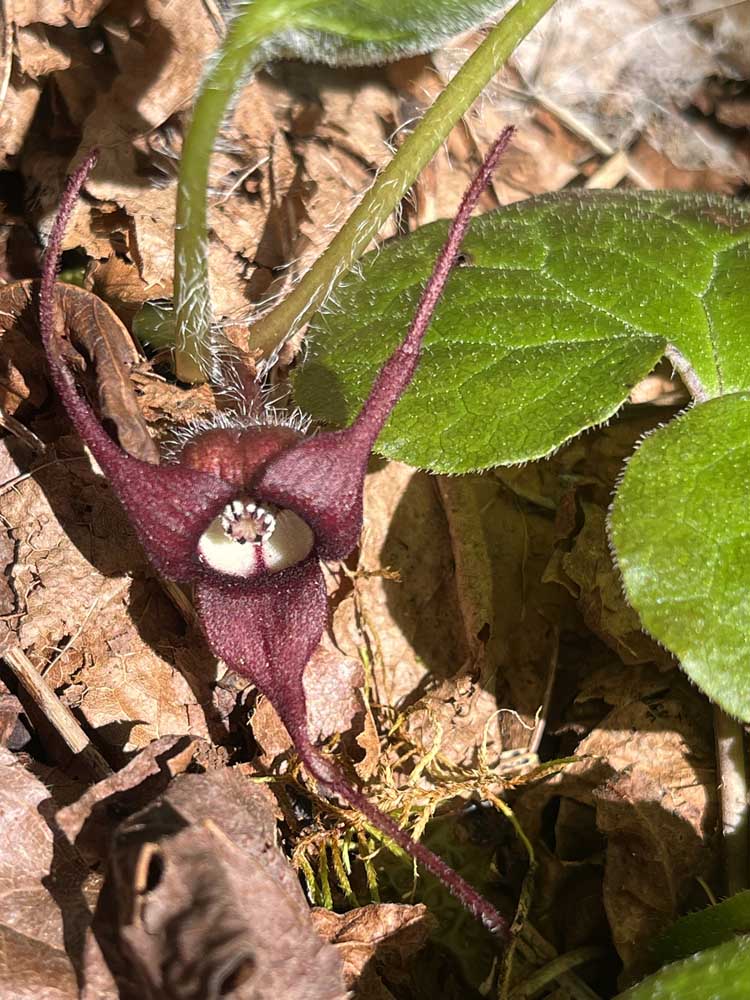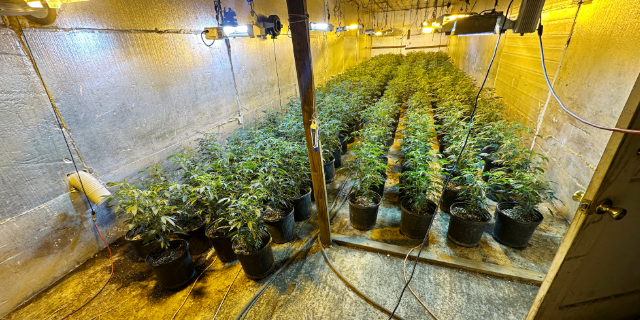Buffalo Rock: Making sense, and scents, along the flower-filled trail
Published 12:00 pm Wednesday, May 17, 2023

- Wild ginger is one of the many spring wildflowers in bloom along the trail to Buffalo Rock.
Some hikes are worth the extra effort.
Trending
And, although the distance to Buffalo Rock isn’t extreme — a bit over three miles one-way — it does require an effort.
Along the way, the sometimes where-did-it-go trail requires climbing and clambering over or around fallen trees, tippy-toeing on rocks across small streams and even lying flat on your back and wiggle-squiggling under an impossible-to-climb-over tree.
The rewards are many, from a botanist’s encyclopedia of wildflowers to passing under stands of immense, towering, old-growth trees to views of the rumble-tumble North Fork of the Middle Fork of the Willamette River, which this late spring is a torrent of frothy whitewater.
Trending
Joining a group of knowledgeable botanists made the hike more interesting, resulting in stops along the trail to study and learn about flowers. The section to Buffalo Rock is part of what may someday be a trail that extends from Westfir to Waldo Lake. Until then, the three-plus-mile section from an easy-to-miss trailhead off Road 1939 to the base of Buffalo Rock is a delight. Part of the charm is its challenges — little maintenance means there are obstacles, and few users.
The trail begins easily, following under a canopy of large-diameter Douglas firs, varieties of cedars and, more impressively, yews. Yews are long-lived trees with a long lineage of folklore and mythology — they were held sacred by ancient Druids and also symbolized death and resurrection in Celtic culture. They’re recognizable because of their drooping branches.
At times the trail is bisected by occasional small creeks that are easily crossed if carrying hiking poles but, if not, require some ballet-like maneuvers.
In two-plus miles, the trail opened up, with an easy detour leading to a cobblestone beach alongside the flowing Middle Fork’s North Fork. We continued on, weaving through the sometimes-narrow corridor that included the slither-under the trail-blocking tree.
An opening along the trail, described in hiking guides as 3.3 miles from the trailhead, exposed a section of Buffalo Rock. According to the Oregon Gazetteer, the basaltic rock outcrop is so-named because from certain viewpoints its shape and texture “is reminiscent of a reclining buffalo.” Based on what we viewed, someone successfully buffaloed mapmakers into creating its name.
From the viewpoint, we doubled back, revisiting and again pausing to admire the various wildflowers in their various habitats. Some names are somewhat familiar, like larkspur, cinquefoil, bluebell, violet, trillum, anemone, fairy slippers, wild ginger, yellowleaf iris and skunk cabbage. The Western skunk cabbage gets its name from its scent, which is described as the smell of a skunk or rotting meat, which, although repelling to humans, is described as “perfume” to bees, butterflies and other beneficial insects.
The trail boasts dozens of varieties of other flowers. As identified by the knowledgeable others, many sounded like code names from a motion picture spy thriller — lesser twayblade or heartless twayblade, Adiantum aleuticum, Clintonia uniflora, Prosartes hookeria, Streptopus emplexifolius and Hieraclum albiflorum. For me they might simply be identified as pretty pink, purple red, yellow or blue flowers.
From Highway 58 west of Oakridge near milepost 31, take Westfir 2.2 miles to the stop sign near the Office Covered Bridge — Oregon’s longest covered bridge.
Continue on Forest Road 19, or the Aufderheide Scenic Byway. After nearly 20 miles pass the Kiahanie Campground. Continue past the campground, cross the river and turn left of Road 1939.
After about a half-mile, stay left at the intersection with Road 758 and continue about a half-mile to a small brown hiker-symbol sign that’s posted on a tree, which marks the beginning of the easy-to-miss trail. There is no parking area, so park along the shoulder of the road.
The trail goes slightly over 3 miles to a viewpoint under the base of Buffalo Rock and a neighboring rock.









